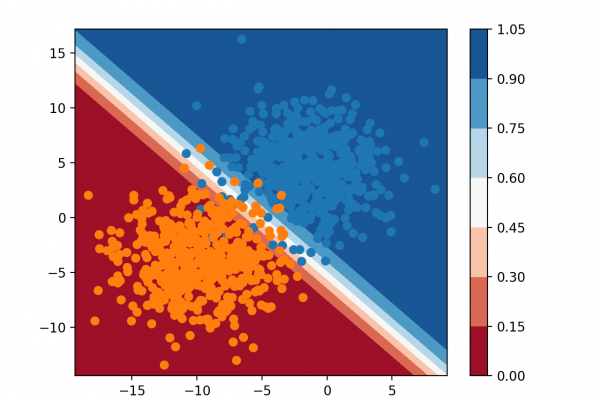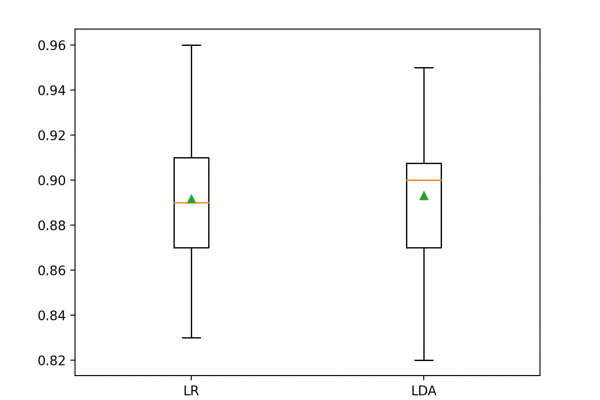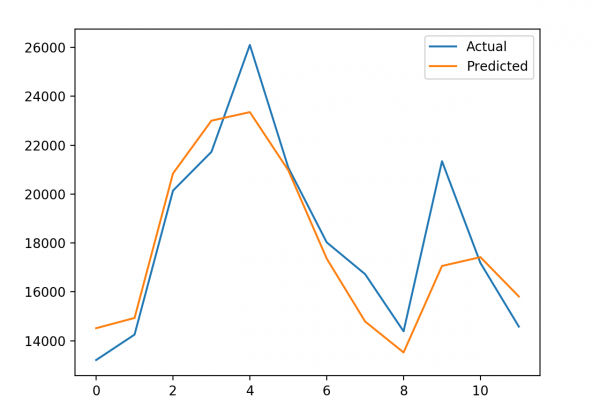A Gentle Introduction to Computational Learning Theory
Last Updated on September 7, 2020 Computational learning theory, or statistical learning theory, refers to mathematical frameworks for quantifying learning tasks and algorithms. These are sub-fields of machine learning that a machine learning practitioner does not need to know in great depth in order to achieve good results on a wide range of problems. Nevertheless, it is a sub-field where having a high-level understanding of some of the more prominent methods may provide insight into the broader task of learning […]
Read more








